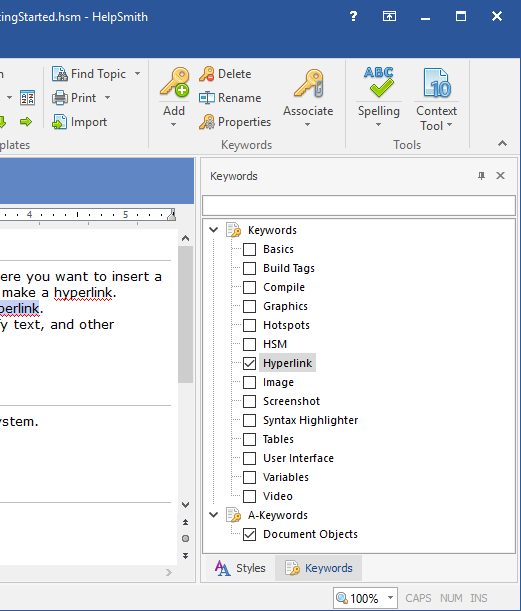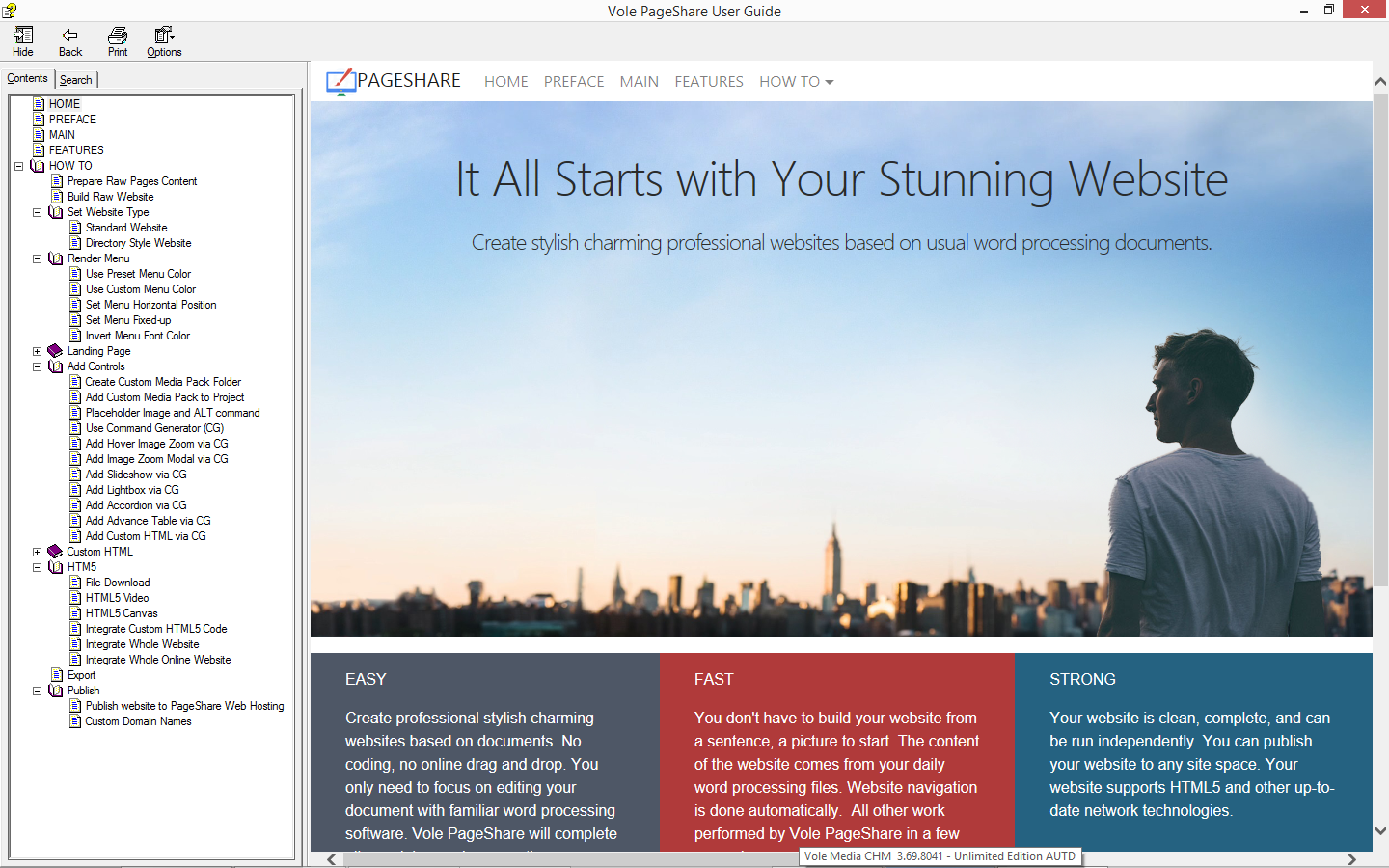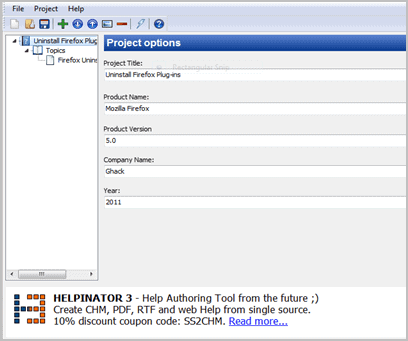

The digital elevation model ( DEM), also known as a digital terrain model ( DTM) represents the elevation of the Earth’s surface. In the previous lesson, you opened a digital elevation model.

Graphic: Colin Williams, NEON Digital Elevation Model with the influence of ground elevation removed. The CHM represents the actual height of trees, buildings, etc. One way to derive a CHM is to take the difference between the digital surface model (DSM, tops of trees, buildings and other objects) and the Digital Terrain Model (DTM, ground level). Three Important Lidar Data Products: CHM, DEM, DSM Digital Surface Model (DSM), Digital Elevation Models (DEM) and the Canopy Height Model (CHM) are the most common raster format lidar derived data products. Canopy Height Model (CHM): The height of objects above the ground.Digital Surface Model (or DSM): top of the surface (imagine draping a sheet over the canopy of a forest.Digital Terrain Model (or DTM): ground elevation or the elevation of the Earth’s surface (sometimes also called a DEM or digital elevation model).In this lesson, you will import and work with 3 of the most common lidar derived data products in R: However, often people work with lidar data in raster format given it’s smaller in size and thus easier to work with. If the data are discrete return, lidar point clouds are most commonly derived data product from a lidar system. If you have not already downloaded the week 3 data, please do so now.Īs you learned in the previous lesson, lidar or Light Detection and Ranging is an active remote sensing system that can be used to measure vegetation height across wide areas. Also you should have an earth-analytics directory set up on your computer with a /data directory with it. You need R and RStudio to complete this tutorial.

Describe the key differences between the CHM, DEM, DSM.Define Canopy Height Model ( CHM), Digital Elevation Model ( DEM) and Digital Surface Model ( DSM).SECTION 15 LAST CLASS: FINAL PROJECT PRESENTATIONSĪfter completing this tutorial, you will be able to:.SECTION 14 FINAL PROJECTS & COURSE FEEDBACK DISCUSSION.SECTION 10 MIDTERM REVIEW / PRESENTATION BEST PRACTICES.SECTION 9 STUDY FIRE USING REMOTE SENSING DATA.8.1 Fire / spectral remote sensing data - in R.SECTION 8 QUANTIFY FIRE IMPACTS - REMOTE SENSING.SECTION 7 MULTISPECTRAL IMAGERY R - NAIP, LANDSAT, FIRE & REMOTE SENSING.Uncertainty in Scientific Data & Metadata SECTION 5 LIDAR DATA IN R - REMOTE SENSING UNCERTAINTY.Refine r markdown reports with images and basemaps.


 0 kommentar(er)
0 kommentar(er)
